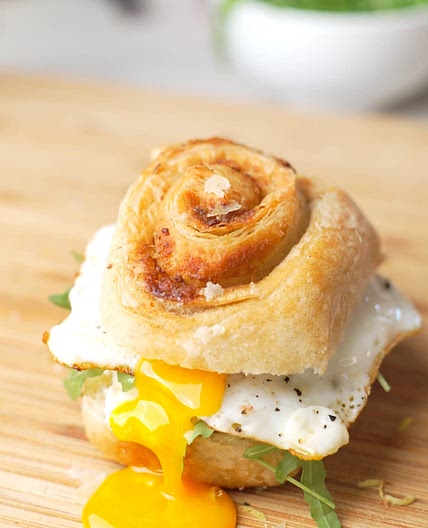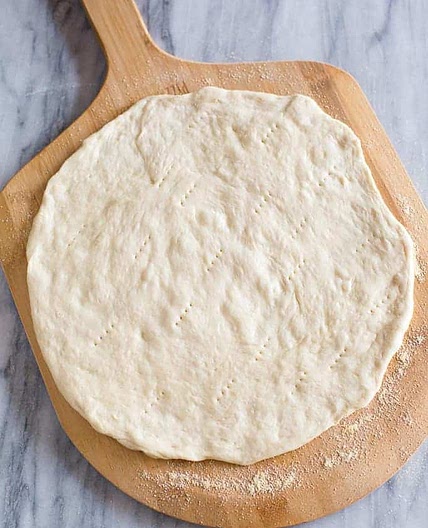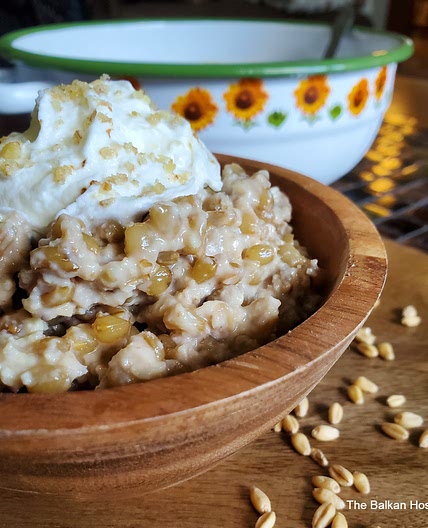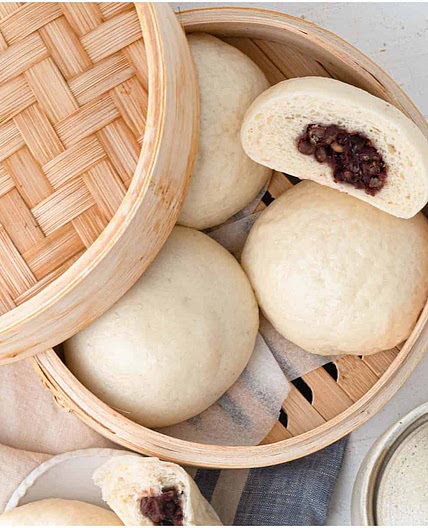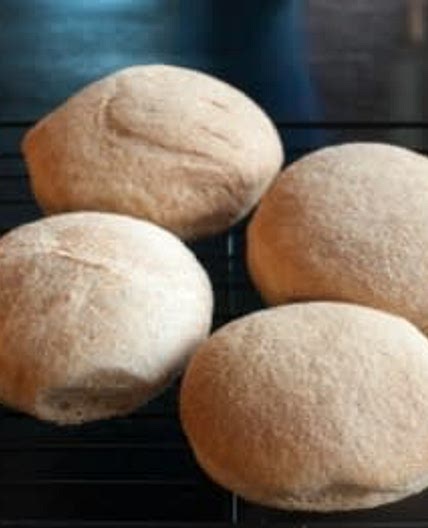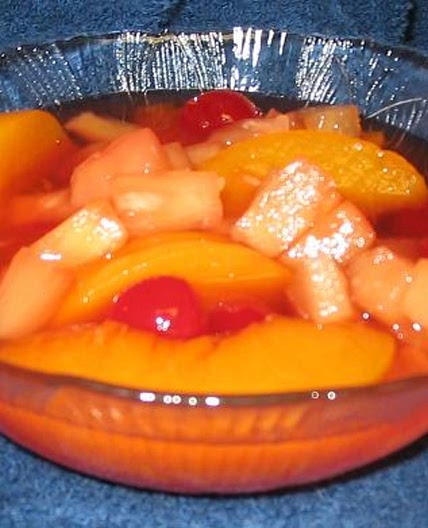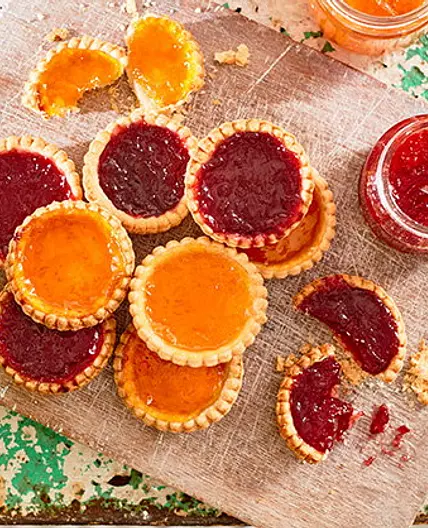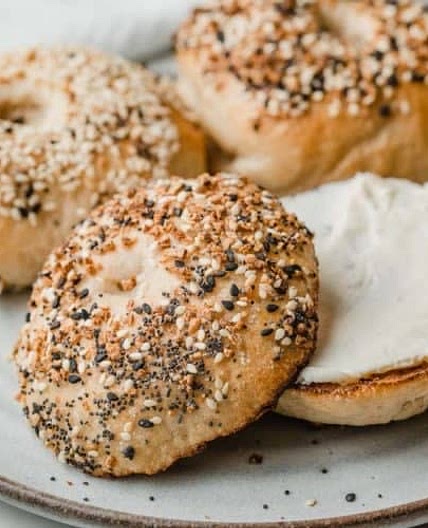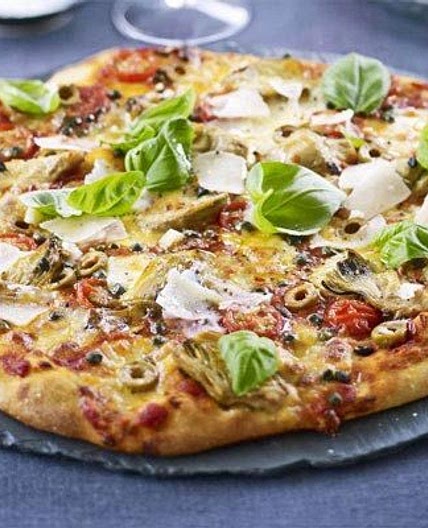
1/5

2/5

3/5

4/5

5/5
Leave a note
Nutrition balance score
Uh-oh! We're unable to calculate nutrition for this recipe because some ingredients aren't recognized.
Ingredients
0 servings
1 ½ cupbread flour
or all-purpose flour sifted
½ cupspring water
or filters, 50% of flour weight
1 Tbsphoney
150 grflour
70 grwater
2 measureswater
3 measuresflour
all measures understood in weight This means that the bread dough ends up being made of 1/6 starter, and 2/6 water and 3/6 flour
1Dry doughs
up to 60% hydration, common bread, 25% of Lm on flour, 250gr of yeast per kg of flour
2doughs
Medium consistency, 61 - 70% hydration, baguettes, 20% of Lm on the flour, 200gr of yeast per kg of flour
3doughs
Soft, over 70% hydration, ciabatta, some pizzas in the pan, 15% of Lm on the flour, 150gr of yeast per kg of flour
1Light doughs
fat up to 15% on flour, all-purpose brioche, 25% of Lm on flour, with 1 or 2 refreshments
2doughs
Medium fat, fat from 16 to 30% on the flour, Italian brioche, 30% of LM on the flour, with at least 2 refreshments
Instructions
Step 1
Day 1-2
Step 2
In a large plastic bowl mix together 200 gr all-purpose or bread flour with 100 gr of filtered water at room temperature and 1 teaspoon of honey. The sugars will kick-start the fermentation process. Cover with a lid and let it rest for 48 hours.
Step 3
You will notice your dough will have risen slightly and may have already formed small bubbles. Get rid of half of the dough and add 100 gr of flour and 50 gr of filtered water. Cover with a lid and let it rest for 24 hours.
Step 4
Repeat for 8 days.
Step 5
Day 4-9
Step 6
Get rid of half of the dough and add 100 gr of flour and 50 gr of filtered water. Cover with a lid and let it rest for 24 hours.
Step 7
Every day you will notice the starter will grow bigger and develop more bubbles. It will smell a little like a cross between lemon juice and alcohol.
Step 8
You need to ‘refresh’ it and give it strength and vigor for your bread to rise. In simple terms, you need to feed it.
Step 9
Discard 100 g of the ferment then add 100 gr flour and 90 ml water. Cover with a lid and rest for 4 hours or until it triples the volume.
Step 10
Feed your ferment 2/3 cup (100 g) all-purpose flour and 90 ml water. Cover with a lid and rest for 4 hours or until it triples the volume.
Step 11
Feed your ferment 2/3 cup (100 g) all-purpose flour and 90 ml water. Cover with a lid and rest for 4 hours or until it triples the volume.
Step 12
If you keep it at room temperature (65°/77°F-18°/25°C) you have to refresh it every 2 days
Step 13
Add 100 gr all-purpose flour and 40 gr of filtered water (at room temperature) for every 100 g of dough you have left (aim to always have at least 200 gr yeast in your container). Mix with a wooden spoon, cover the container with its lid store it.
Step 14
If you notice, after resting the first hours, the dough rises in the jar until tripled.
Step 15
If the dough doesn’t rise until tripled, you have to revitalized it by doing the refresh 2 times consecutively (refresh, let rest 4 hours as written above and re-refresh).
Step 16
In anticipation of the departure, we gradually increase the mass of Lm until obtaining about 1kg. At the last refreshment, we do the usual sphere, cut and leave at t. room for ca. 2 hours (more or less until mid-ripening) then deflate and put in the fridge (this time 4th).
Step 17
Example I make my standard loaf with 200 grams 100% starter, 400 grams water, and 600 grams flour. Once all these are combined, my bread dough weighs 1,200 grams, or 1.2 kilos plus 15 gr of salt.
Step 18
The criterion is the same as for beer yeast the more water there is, the less yeast is needed.
Notes
0 liked
0 disliked
There are no notes yet. Be the first to share your experience!
